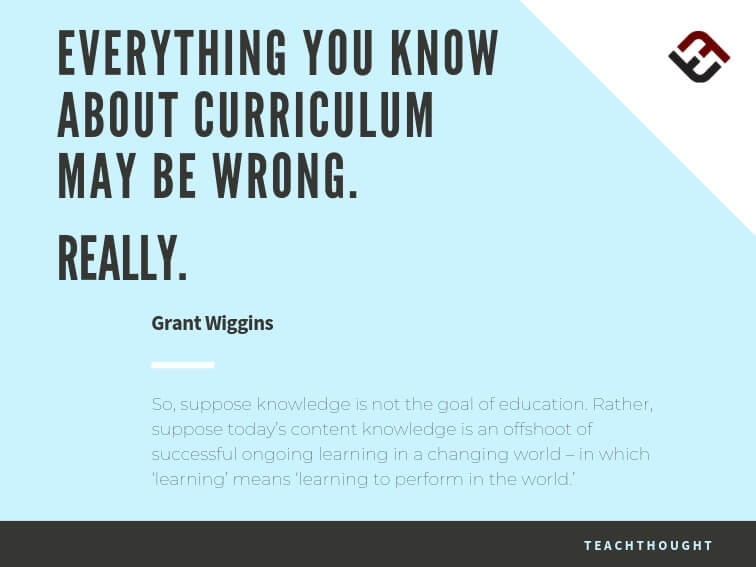Show A Little Faith In The Learning Process
contributed by Jane Healey, Ph.D. and English Teacher I enjoy simple statements over complex formulations and new-fangled jargon. I try to stand by this preference and communicate with students and peers in clear, straightforward comments. Earlier, I wrote about the four words I use to describe research and learning in general: observe, wonder, investigate, and conclude—a…
contributed by Jane Healey, Ph.D. and English Teacher
I enjoy simple statements over complex formulations and new-fangled jargon. I try to stand by this preference and communicate with students and peers in clear, straightforward comments.
Earlier, I wrote about the four words I use to describe research and learning in general: observe, wonder, investigate, and conclude—a natural human process. Recently, an ASCD article reminded me of David Kolb’s framework for experiential learning (1980s), and it echoed in my brain. Kolb described a cycle of four activities:
Experience: gathering information
Reflection: making meaning
Abstraction: creating new ideas
Active testing: information and feedback
This four-step model matches my previous schema really nicely. The connection is even more meaningful when the cycle maps onto the brain processes involved in learning. The cerebral cortex ignites during the four-step process; sensory, integrative and motor regions light up during these tasks.
Whenever I review simple, elegant designs like Kolb’s or I practice my own formulation and read the logical, scientific explanation of why these views about teaching work, I am confounded by the same question: Why can’t we make this happen?
One answer I witness when I watch adults in action is that we need to explain phenomenon that others question. When a person observes new material and wonders about it, we naturally answer, either to correct, assess, or label “right” or “wrong.”
Perhaps we are being efficient? Or maybe we feel good helping others? But it might be that our well-intentioned response to wonderment hijacks the simple frameworks above and obstructs the ramp to step three: investigation.
We don’t respond, “Good question. Where might you find that answer?”
“Where have you found that kind of information or resource in the past?”
We don’t guide the student to resources for exploration or metacognition. And in turn, we show little respect for inquiry, honoring uncertainty, or valuing the source and power of curiosity itself.
We want alignment, homogeneity, and “results.”
We want to answer, measure, and move on, which interrupts the process of learning endlessly.
I hope the students’ brains fire powerfully and continuously from the natural steps towards deep understanding. So here’s the mantra I am chanting as I enter classrooms this week: Have faith in the process.
Trust your curiosity, your inventiveness, your cunning, and your resourcefulness. Trust the process.
Show a little faith.
